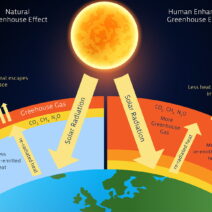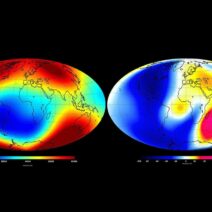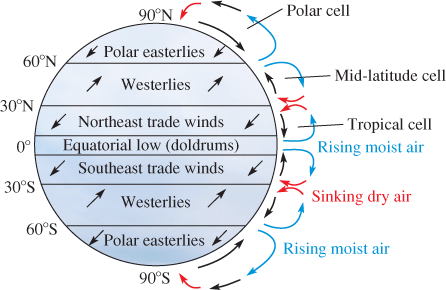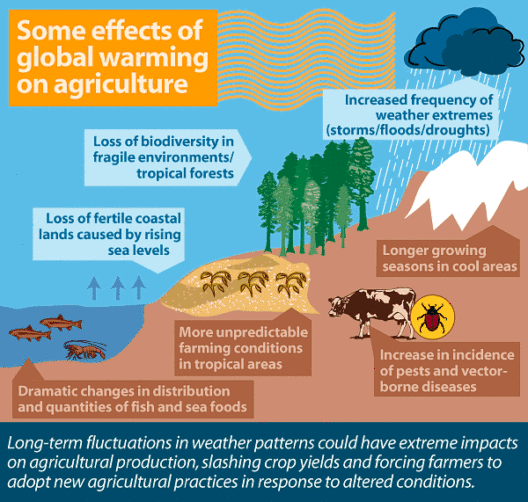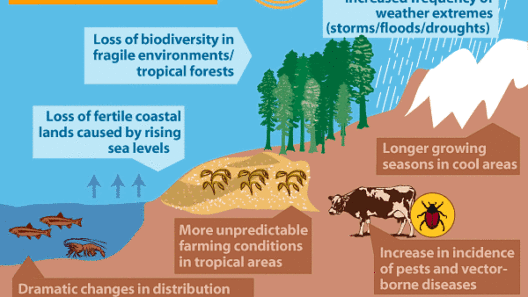Temperate climates, typified by their moderate temperatures and distinct seasonal changes, present a fascinating tapestry of biological and meteorological phenomena. Encompassing significant regions across the globe, temperate areas experience fluctuations in weather that bewitch the senses and raise intriguing questions regarding natural patterns, biodiversity, and climate resilience. In this exploration of temperate climate, we will peel back the layers of this multifaceted environment, revealing the interplay between its mild weather and inherent variability.
The temperate climate zone is primarily located between the tropics and polar regions, making it a unique transitional area. Characterized by seasonal variations—including cold winters and warm summers—its regions are endowed with four distinct seasons: spring, summer, autumn, and winter. This seasonal progression is significant, not simply for its aesthetic appeal but also for the ecological processes it engenders. Different biotic communities emerge and adapt in response to the temperature and precipitation variants that accompany each season.
In terms of temperature, the range is moderate and can significantly differ from one temperate region to another. For instance, the humid continental climates found in parts of North America and Europe experience wide temperature fluctuations, often soaring high in summer and plummeting during winter months. Conversely, the Mediterranean climate showcases milder winters and hot, dry summers, reflecting the diverse manifestations of temperate climate zones. This variability nuances our understanding of climate classifications and biologically inspired adaptive strategies.
Precipitation patterns also play a transformative role in temperate climates. These regions generally receive annual rainfall sufficient to support a rich array of vegetation and wildlife. Yet, the distribution of this precipitation can be as diverse as the communities it fuels. In some areas, rainfall is evenly distributed throughout the year, while others may experience dry spells interspersed with intense downpours. Such variability presents unique challenges and advantages for both agriculture and natural ecosystems.
This temperament toward variability underpins the thriving ecosystems endemic to temperate climates. Rich forests, vibrant grasslands, and flourishing wetlands coalesce to create complex habitats. The deciduous forests, stashing away their foliage every autumn, are a paradigm of adaptation, showcasing the resilience of flora in response to changing environmental conditions. Animal species, too, display an innate capacity for adaptation, often exhibiting migratory behaviors synchronized with the climatic calendar or evolving reproductive strategies attuned to maximizing offspring survival.
In exploring the climatic consequences, it is essential to examine human interactions within these temperate landscapes as well. Urbanization, deforestation, and climatic modifications have a marked impact on local ecosystems, often disrupting the delicate balance that defines temperate environments. However, these challenges also present an opportunity for innovation. Urban green spaces and sustainable agricultural practices are emerging as essential efforts to mitigate the adverse effects of climate change while preserving the rich tapestry of temperate biodiversity.
Amid contrasting conditions and a myriad of ecosystems, temperate climates foster profound curiosity. Why do certain species thrive while others falter? What implications do seasonal changes possess for ecological balance—and, by extension, our own human activities? Understanding these complex variables encourages a holistic view of temperate regions, inviting citizens and scientists alike to engage profoundly with their local environments.
Global climate change introduces another layer of uncertainty into the temperate climate narrative. As temperatures rise and precipitation patterns shift, adapting to these alterations must become a keystone of regional planning. Warming trends threaten to disrupt the transitional nature of temperate climates, potentially pushing species toward the poles or into higher elevations as they seek suitable habitats. In this context, the significance of maintaining biodiversity cannot be overstated. Each species plays a critical role in sustaining the ecosystems upon which both humans and wildlife depend.
Moreover, this climate zone’s variability also sheds light on broader climatic trends. Not only do temperate climates offer lessons in resilience and adaptation, but they also serve as critical indicators for understanding global climate phenomena. Their seasonal transitions, along with localized weather patterns, can provide essential insights for predicting future climatic shifts. This is an invitation to increasingly appreciate the integral relationship between human activity and natural systems.
Finally, exploring the intricacies of temperate climate leads to broader discourse on climate justice and policy-making. As communities confront the implications of climate variability, the need for inclusive and forward-thinking strategies is imperative. From enchanting autumn leaf foliage to snow-laden winter landscapes, the compelling beauty of temperate regions calls humanity to act harmoniously with nature. It challenges us to protect and restore these ecosystems while ensuring our practices contribute beneficially to the climate tapestry.
In conclusion, the temperate climate, defined by its mild weather and significant variability, encapsulates a compelling narrative of resilience and adaptation. This climate zone not only supports a myriad of ecosystems, but also evokes curiosity and underscores the importance of examining our effects on the natural world. An understanding of temperate climates fosters a deeper appreciation for their profound beauty, equitable resource management, and the critical necessity for safeguarding our planet in the era of change.
